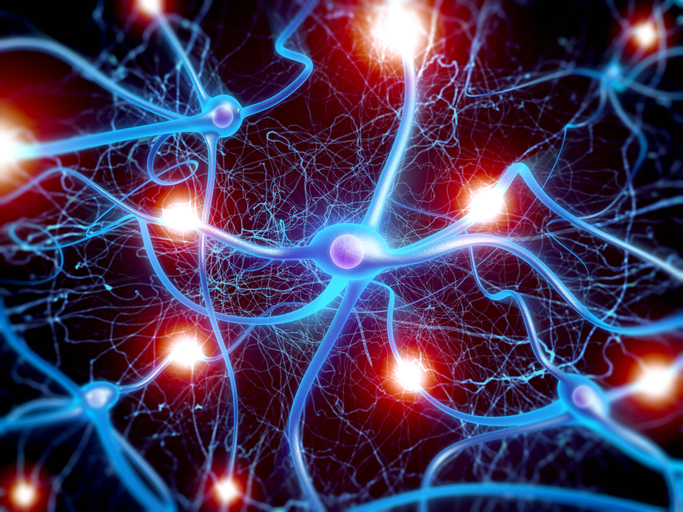Pain
Progression and Potential Complications of Kennedy Disease

What is Kennedy disease?
Kennedy disease, also known as spinal and bulbar muscular atrophy or Kennedy’s disease, is a slowly progressive neuromuscular condition that affects lower motor neurons (nerve cells located in the brainstem and spinal cord). Lower motor neurons transmit signals to the muscles to produce movement. Kennedy disease involves lower motor neuron degeneration, so this process is disrupted, which causes muscle weakness, wasting, twitching and cramps.
Kennedy disease is caused by a mutation on the X chromosome in the androgen receptor (AR) gene; this mutation results in androgen receptor dysfunction. Androgen receptors respond to signals from male hormones (androgens) and are found throughout the body. Kennedy disease primarily affects males (approximately 1 in 150,000).
Progression
Males may experience symptoms of androgen insensitivity as early as adolescence. These symptoms include enlarged breasts, testicular atrophy, and reduced fertility. The progression of neurological symptoms tends to be as follows:
- Symptoms of weakness, twitching and cramps in the proximal muscles (muscles closest to the trunk) start between the ages of 20 and 60. Muscle atrophy becomes more evident over time.
- After 10 to 20 years, most have difficulty climbing stairs.
- After 20 years, one-third require a wheelchair.
- Eventually, involvement of the bulbar muscles (muscles of the face, mouth and throat) causes difficulty with speech articulation and swallowing.
Females do not usually display symptoms of Kennedy disease. When a female carries a mutation on one X chromosome, the other X chromosome hides the disease. Females with mutations on both X chromosomes may have symptoms of cramps and twitching, but significant motor neuron disease does not occur due to low levels of circulating androgens.
Potential complications
Most individuals with Kennedy disease have a normal life expectancy. Potentially serious complications of Kennedy disease include falls, aspiration pneumonia and respiratory failure.
- Falls are a potentially serious complication of muscle weakness and mobility loss. Assistive devices (i.e., wheelchairs, canes and walkers), physical therapy, and occupational therapy can help prevent falls.
- Aspiration pneumonia and respiratory failure are the main life-threatening complications associated with Kennedy disease. However, these complications affect only a small minority of cases.



















